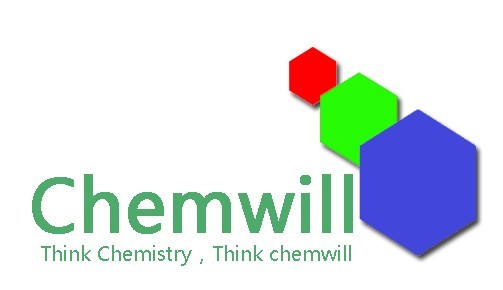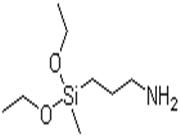Product no. chemwill-3GPSE-91572
highly quality and immedaite delivery
3-Glycidoxypropyltrimethoxysilane Manufacturer High quality Best price In stock factory CAS 2530-83-8
γ-glycidoxypropyltrimethoxysilane CAS 2530-83-8
Silane coupler KH-560 CAS 2530-83-8
Glymo CAS 2530-83-8
Glycidyl 3-(trimethoxysilyl)propyl ether CAS 2530-83-8
Name: 3-Glycidoxypropyltrimethoxysilane
Synonyms: Silane coupling agent KH-560;(3-Glycidyloxypropyl)triMethoxysilane >=98%;γ-(2,3-epoxypropoxy)propytrimethosysilane;GOPTS;[3-(2,3-Epoxypropoxy)-propyl]-trimethoxysilane for synthesis;3-(2,3-EPOXYPROPOXY)PROPYLTRIMETHOXYSILANE;3-TRIMETHOXYSILYLPROPYL GLYCIDYL ETHER;3-GLYCIDOXYPROPYLTRIMETHOXYSILANE Silane coupler KH-560
CAS: 2530-83-8
MF: C9H20O5Si
MW: 236.34
EINECS: 219-784-2
Product Categories: silane;Industrial/Fine Chemicals;Epoxy;Epoxy Silanes (Silane Coupling Agents);Functional Materials;Oxiranes;Si (Classes of Silicon Compounds);Silane Coupling Agents;Simple 3-Membered Ring Compounds;Si-O Compounds;Trialkoxysilanes;Adhesion Promoters;Coupling Agents;Dispersing Agents;Epoxy Silanes;Surface Modifiers;Silane series;Chemical Synthesis;Organometallic Reagents;Organosilicon
Mol File: 2530-83-8.mol
3-Glycidoxypropyltrimethoxysilane Structure
Physicochemical Properties Colorless transparent liquid;
Soluble in a variety of organic solvents;
Easy to hydrolysis;
Able for condensation to form polysiloxanes;
Easy to polymerize in the presence of overheating, light and peroxide.
Uses 3-Glycidoxypropyltrimethoxysilane is an epoxy-functional silane, it is a clear, light straw liquid. 3-Glycidoxypropyltrimethoxysilane may be used as a coupling agent in polysulfide and polyurethane caulks and sealants, in mineral-filled or glass-reinforced thermosets and thermoplastics, and in glass roving size-binders. It is particularly employed as an adhesion-promoting additive in waterborne systems, e.g. improving the adhesion of acrylic latex sealants.
3-Glycidoxypropyltrimethoxysilane Usage And Synthesis
Silane Coupling Agents KH-560 KH-560 is the first widely used coupling agent and has been used for 40 years. One end of its structure with reactive groups such as amino and vinyl, can react with epoxy, phenolic, polyester and other synthetic resin molecules. The other end is alkoxy (such as methoxy, ethoxy etc.) or chlorine atoms which is connected with silicon. These groups can be transformed into silanol in the hydrolysis in water solution or damp air. And the formed silanol is able to react with surface hydroxyl of glass, minerals and inorganic filler. Therefore, silane coupling agent is commonly used in silicate-filled epoxy, phenolic, polyester resin and other systems. In addition, it can also be used for FRP production, in order to improve its mechanical strength and resistance to wet environment. The organic groups of the silane coupling agent are selective about the reaction of the synthetic resin. Generally, these organic groups lack sufficient reactivity with synthetic resins such as polyethylene, polypropylene and polystyrene, and thus the coupling effect for them is poor. In recent years, new varieties of silane coupling agents with better coupling for polyolefins have been developed, but are limited in cost and other properties and are not yet widely used.
Silane coupling agent is also known as silane treatment agent. Its general formula is Y (CH2) nSiX3. Wherein n is an integer of 0 to 3; X is a hydrolyzable group such as chlorine, methoxy, ethoxy and acetoxy; Y is an organic functional group such as a vinyl, an amino, an epoxy group, a methacryloyloxy group and sulfydryl.


 China
China

